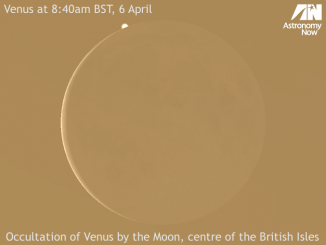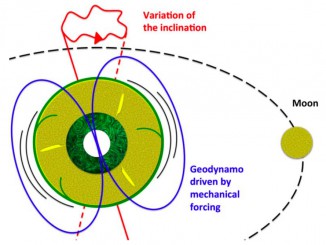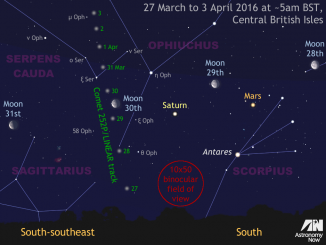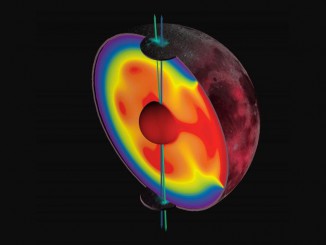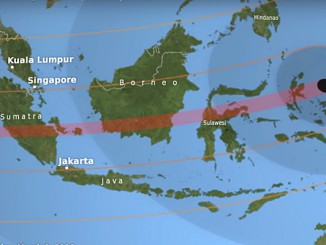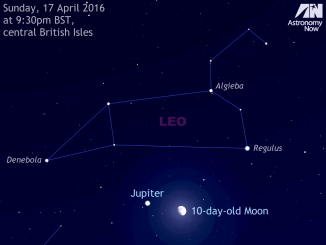
See the Moon and Jupiter get close on 17 April
As dusk fades to dark on Sunday, 17 April, observers in the British Isles should look up to the southern sky to see the 10-day-old waxing gibbous Moon and Jupiter just four degrees apart, within the same binocular field of view. Jupiter’s largest moon, Ganymede, and second Galilean moon, Europa, provide some events for telescope owners to view at higher magnifications.


